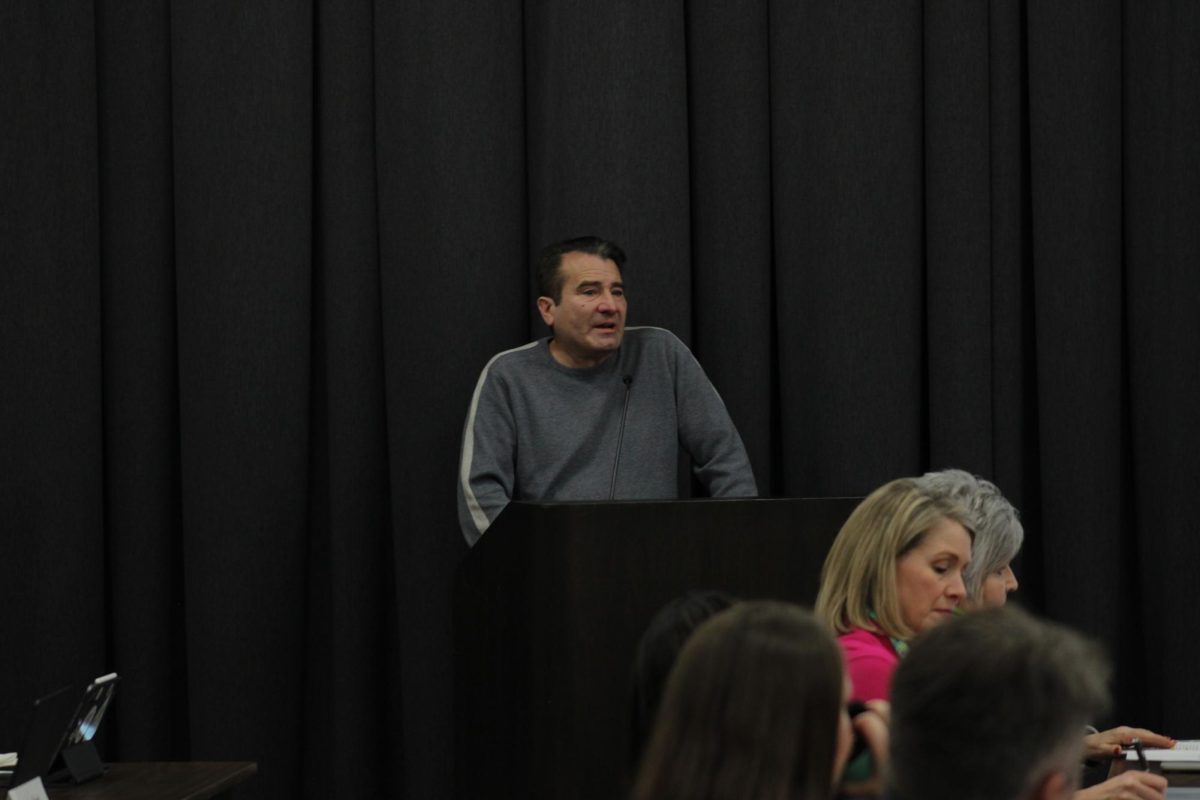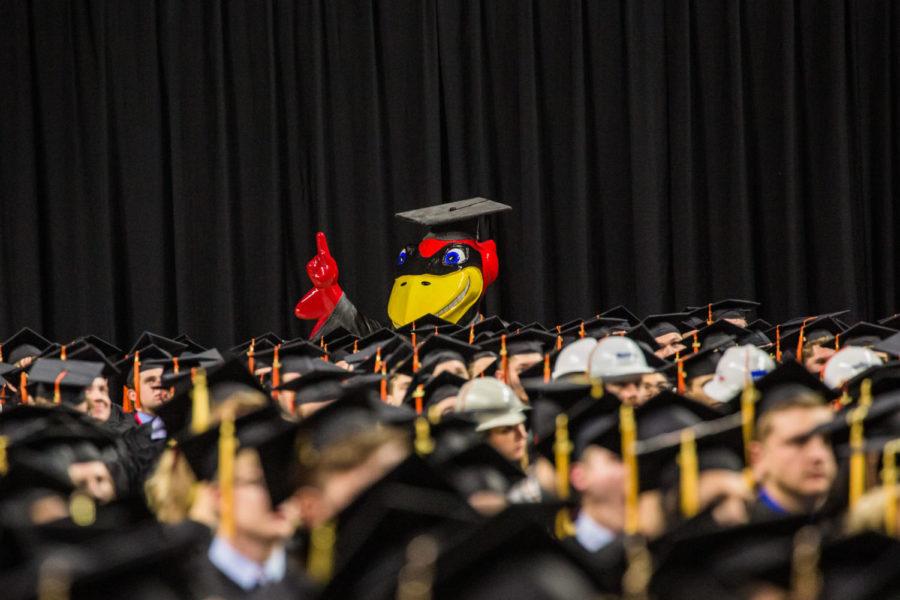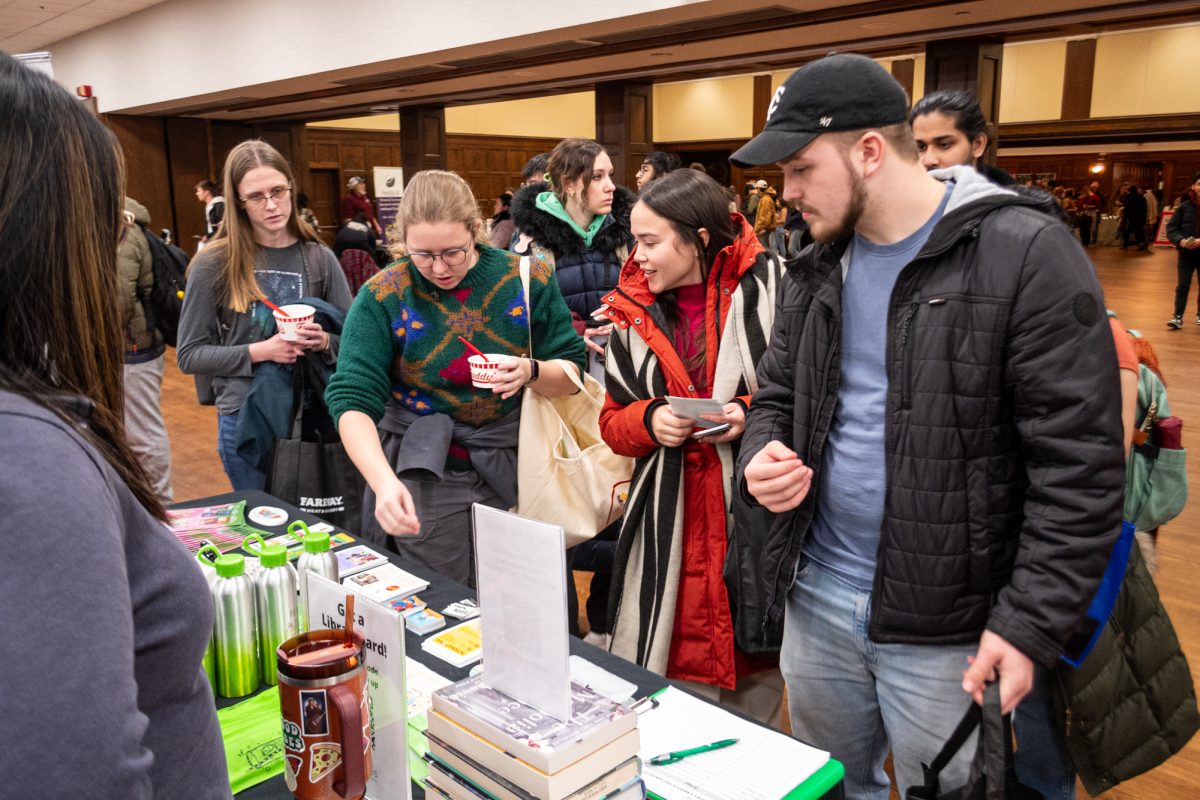Performing surgery is an extensive task, and the junior surgeon course in the College of Veterinary Medicine is no different.
The Veterinary Clinical Services (VCS) 449 course is a course taken by veterinary medicine students in their third year of the program. During the course, students can put together what they learned in the first two years and perform different operations on animals from the Ames animal shelter.
Arieanna Murley, a year three student in veterinary medicine, described her experience during the course as an opportunity to take on responsibility.
“We took complete responsibility and care over each case from performing physical exams and running various lab tests to performing surgeries like spays and neuters,” Murley said.
Spays and neuters are the more common surgeries performed, but students also perform pre- and post-operative care for the animals.
“We often were at the school at 7 a.m. to care for our patients before exams, would have a long day of classes, then stay at the school or come back to care for our patients again at 7 p.m.,” Murley said on the school day students experience while taking this course.
In their first two years, students perform some of these operations on models and learn general clinical skills. The third year is where they gain experience in both surgery and anesthesia on real, living animals.
Alexandria Miller, a year four veterinary medicine student, spoke on how the VCS 449 course helped prepare her for future endeavors.
“I had all the knowledge I needed to perform the surgery, but what I needed was confidence and experience, which came from performing surgery, anesthesia and clinical skills in this class surrounded by board-certified surgeons and experienced veterinary technicians,” Miller said.
Miller said she has now performed over 100 solo surgeries with the confidence she gained from the VCS 449 course.

Patients can act and react differently to different students, and Miller said the course allowed her a chance to think on her feet.
“Your patient does not always follow the textbook, so you have to think quickly on your feet and adapt,” Miller said.
Miller said she made sure to ask questions to make sure there was no uncertainty when performing certain procedures.
“I think the other important thing we learned was responsibility for our patients. Knowing their vaccinations, pain management, comfort and health were in our hands gave us a taste of the responsibility of becoming a veterinarian,” Miller said.
Joyce Carnevale, a clinical associate professor, expressed the ways that they get animals as patients.
“They are shelter dogs and cats. We help about 25 shelters a year,” Carnevale said.
The course is usually given in the fall, though there is consideration to offer it year round.
The program has spayed or neutered more than 4,600 pets, many of which came from shelters in rural communities. Some animals from the shelters in communities such as Osceola, Jesup, Fort Dodge and St. Charles have been adopted by students, staff and faculty at Iowa State.
Anna Henderson, director of the Story County Animal Shelter, said the students’ surgeries serve as a cost-saving measure for the shelter.
State law requires animals to be spayed or neutered before leaving a shelter, and Henderson said the VCS 449 students’ surgeries are “definitely a cost saving for the shelter to utilize the program.”














